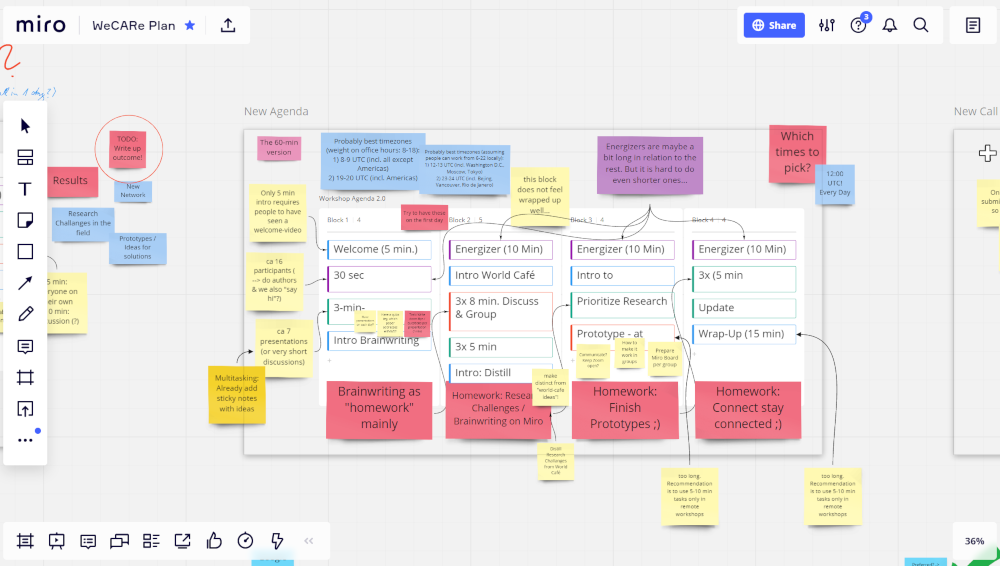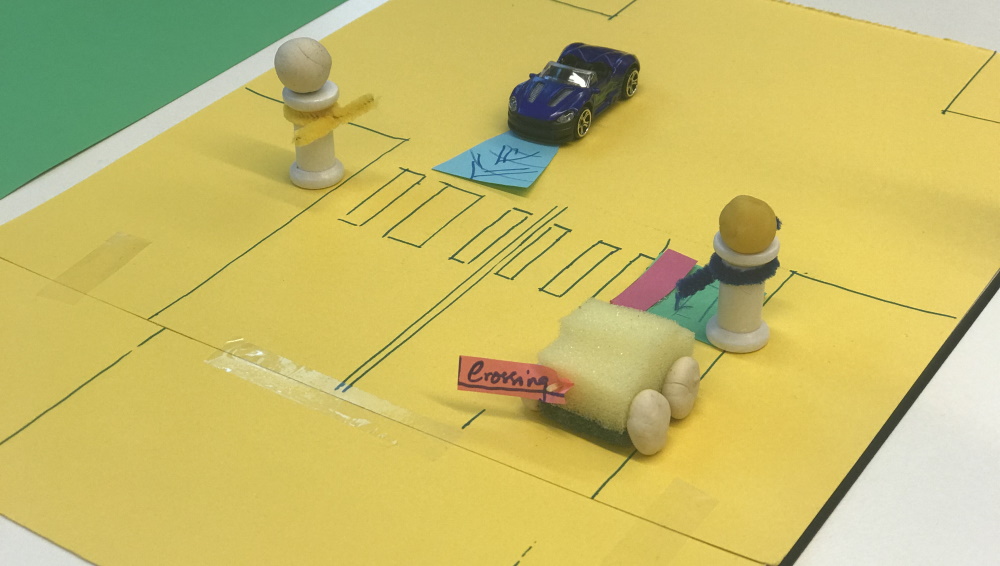Schedule
Due to the measures against COVID-19, this workshop is going to be held in a virtual environment.


Before the Conference
Before the conference, participants will receive a welcoming video-message containing an introduction to the workshop, and a brief presentation of the current state of research regarding automated vehicles and vulnerable road user interaction.
Monday, 10-11 CEST – “Get Inspired”
After a short welcome, we will start the workshop with the submitted three-minute videos from the participants (see Video Format for instructions), followed by discussions. The videos will be available on this website but also be shown live in the video-conference using Zoom. This introduction will be followed by a brainwriting session in Miro that can be finished offline to collect ideas and challenges for inclusive interactions.
Monday, 14-15 CEST – “Identify Challenges”
We want to establish a common understanding of the key challenges in current AV-VRU research. We will revise open questions from submitted workshop papers to derive topics for a break-out session. The participants will be split into multiple groups that discuss a topic for eight minutes in a Zoom session using Miro as online whiteboard to write down and group ideas. Possible subjects might be: “technology for AV-VRU communication including mobile devices”, “identification of cultural differences in traffic”, or “inclusive interfaces for impaired people”. The groups switch every eight minutes. After 24 minutes, each group presents the outcome of the table they are sitting at in about five minutes.
Between this and the next session, participants will be asked to add their most important research challenges to a dedicated Miro board. The workshop organizers will cluster the presented findings for the next part of the workshop.
Tuesday, 14-15 CEST – “New Ideas”
After an energizer, we will prioritize the identified challenges. Afterward, participants are asked to prototype interaction techniques, methods, or scenarios to understand the research challenges or possible solutions better. The participants are free to use any materials and tools they may have available. Considering MobileHCI’s goal of being a sustainable conference, we encourage the use of cheap materials that participants can find in their household and use the “Quick and Dirty Prototyping” technique (see above Figure, right).
The prototypes can be finished between the sessions.
Wednesday, 14-15 CEST – “Next Steps”
After an energizer, the participants can present their prototypes. Afterward, the relevance of each research opportunity/challenge is discussed in a plenum. The goal is to reach a common understanding of research gaps and opportunities as well as requirements for inclusive AV-VRU interaction. The last 15 minutes are dedicated to wrapping up the workshop’s outcomes, plan the next steps, and discuss where to publish possible results.
The discussion on the next steps can, of course, be continued after the workshop, e.g. in our Slack group.
